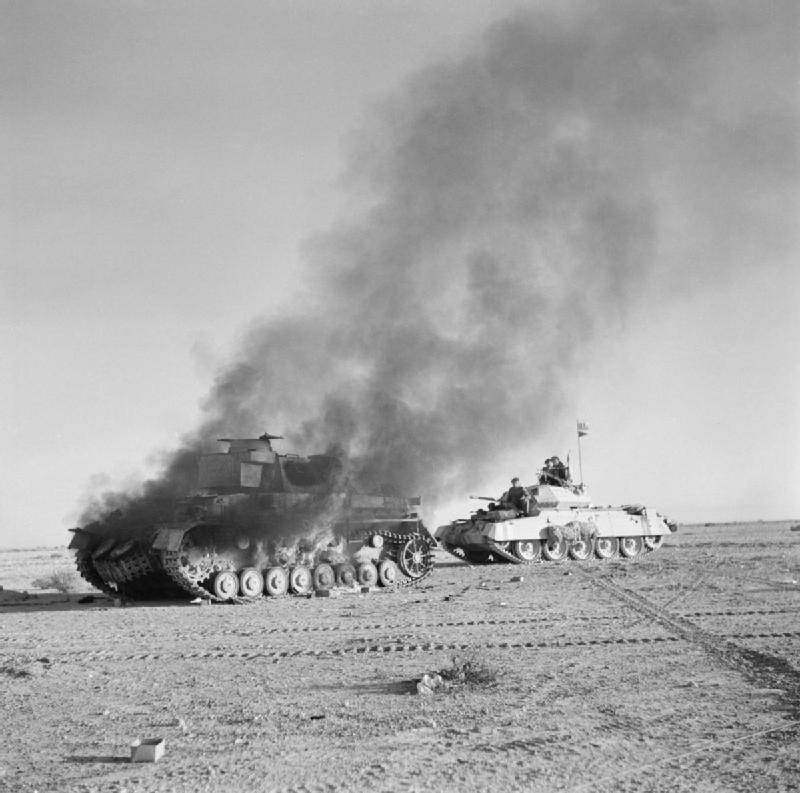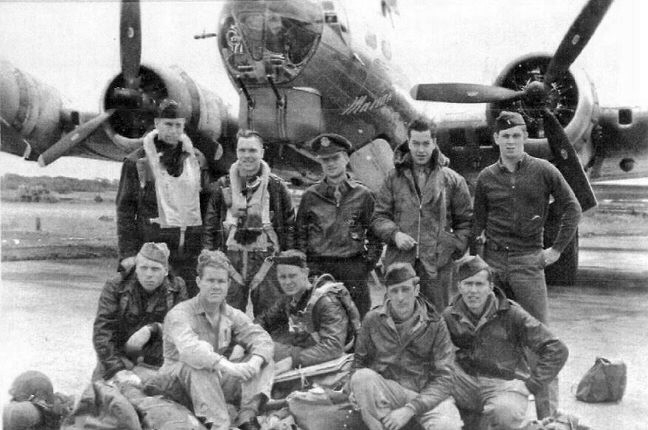
we found this at
www.library.flawlesslogic.com
The night of February 13th, and February 14th, Valentine's Day, mark an ominous anniversary in the history of Western Civilization. For beginning on the night of February 13th, 1945, occurred the destruction of Dresden. On the eve of Valentine's Day, 1945, World War II in Europe was nearly over. For all practical purposes Germany was already defeated. Italy, and Germany's other European allies, had fallen by the wayside. The Red Army was rushing to occupy vast areas of what had been Germany in the East, while the allies of the Soviets, the British and Americans, were bombing what was left of Germany's defenses and food and transportation infrastructure into nonexistence.
And what was Dresden? Most of you have probably heard of Dresden China, and that delicately executed and meticulously detailed porcelain is really a perfect symbol for that city. For centuries Dresden had been a center of art and culture, and refined leisure and recreation. She was a city of art museums and theatres, circuses and sports stadia, a town of ancient half-timbered buildings looking for all the world like those of medieval England, with venerable churches and centuries-old cathedrals gracing her skyline. She was a city of artists and craftsmen, of actors and dancers, of tourists and the merchants and hotels that served them. Above all, what Dresden was, was defined during the war by what she was not. She had no significant military or industrial installations. Because of this, Dresden had become, above all other things that she was, a city of children, of women, of refugees, and of the injured and maimed who were recovering from their wounds in her many hospitals.
These women and children, these wounded soldiers, these infirm and elderly people, these refugees fleeing from the brutal onslaught of the Communist armies to the East, had come to Dresden because it was commonly believed at the time that Dresden would not be attacked. Its lack of strategic or military or industrial significance, and the well-known presence of hundreds of thousands of innocent civilian refugees and even Allied prisoners of war, seemed to guarantee safety to the city. Surely, it was thought, not even a the most powerful and determined enemy would be so depraved and sadistic, and so wasteful of that enemy's own resources, to attack such a city. But the people of Dresden, who were happily attending the cinema or eating dinner at home or watching the show-horses in the circus on that fateful night were wrong, wrong, wrong. And their leaders were also wrong, for the city was virtually open and undefended and only minimal civil defense preparations had been made.
Dresden's population had almost doubled in the months before the attack, mainly as a result of the influx of refugees from the Eastern Front, most of them women and young children. According to British historian David Irving, the briefings given to the British bomber squadrons before the attack on Dresden were curiously different. In one, the soldiers were told that their target was the railway center of Dresden. In another, they were told that the target was a poison-gas factory. In yet another, they were told that the target was a marshalling-grounds for troops in the city. Another was told that the target was a major arsenal. These were all lies.
The only marshalling-grounds for what few troops were in the area were located well outside the city. The arsenal had burned down in 1916. There were factories for toothpaste and baby-powder in Dresden, but none for poison gas. There were, in fact, no fewer than eighteen railway stations in Dresden, but only one was hit by the bombing, and that was barely touched and in fact was operating again just three days later.
According to copious documentation unearthed by David Irving from the archives of the American and British governments, the point of the attack was in fact to inflict the maximum loss of life on the civilian population and particularly to kill as many refugees as possible who were fleeing from the Red Army. In achieving these goals it was highly successful. It was thus planned and executed by those at the very highest levels of the British and American governments, who to attain their purposes even lied to their own soldiers and citizens, who to this day have never been told the full story by their leaders.
How was this devastating effect accomplished?
At 10:10 PM on February 13th, the first wave of the attack, consisting of the British Number 5 Bomber Group, began. The attacking force consisted of about 2,000 bombers with additional support craft, which dropped over 3,000 high explosive and 650,000 incendiary bombs (more commonly known as firebombs) on the center of the city. Incendiary bombs are not known for their efficiency per pound in destroying heavy equipment such as military hardware or railroad tracks, but are extremely effective in producing maximum loss of human life. The loads carried by the bombers were over 75 per cent incendiaries. In fact, the goal of the first wave of the attack was, according to British air commander Sir Arthur Bomber Harris, to set the city well on fire. That he did.
The lack of any effective anti-aircraft defenses allowed the bombers to drop to very low altitudes and thus a relatively high degree of precision and visual identification of targets was achieved. Despite the fact that they could clearly see that the marked target area contained hospitals and sports stadia and residential areas of center city Dresden, the bombers nevertheless obeyed orders and rained down a fiery death upon the unlucky inhabitants of that city on a scale which had never before been seen on planet Earth. Hundreds of thousands of innocents were literally consumed by fire, an actual holocaust by the true definition of the word: complete consumption by fire.
 we found this at historyworld.net
we found this at historyworld.net



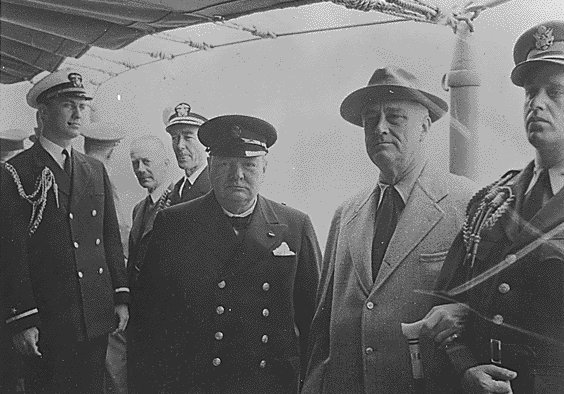



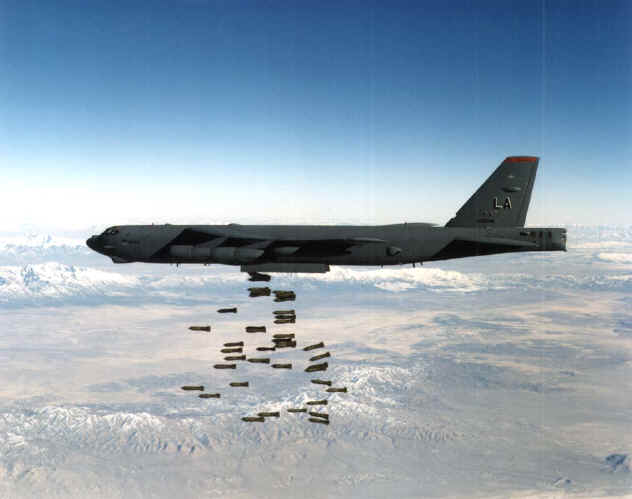




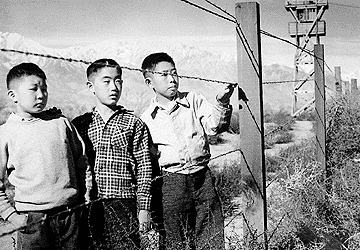






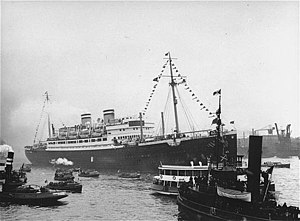




 the two different types of bombs are shown in the image above. It is a reliable source because it shows how the bombs work and the methods behind them. This image was found at
the two different types of bombs are shown in the image above. It is a reliable source because it shows how the bombs work and the methods behind them. This image was found at 



